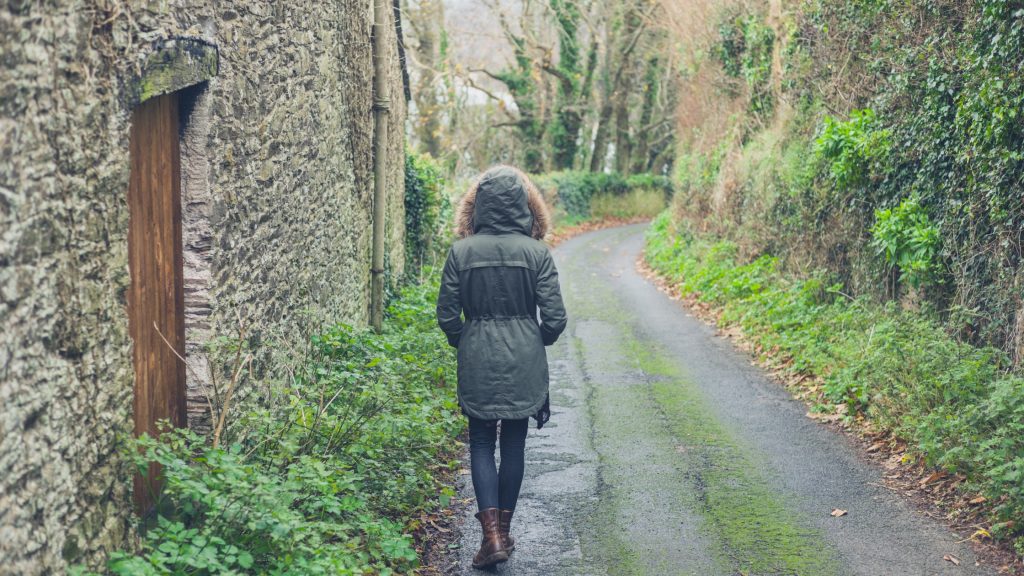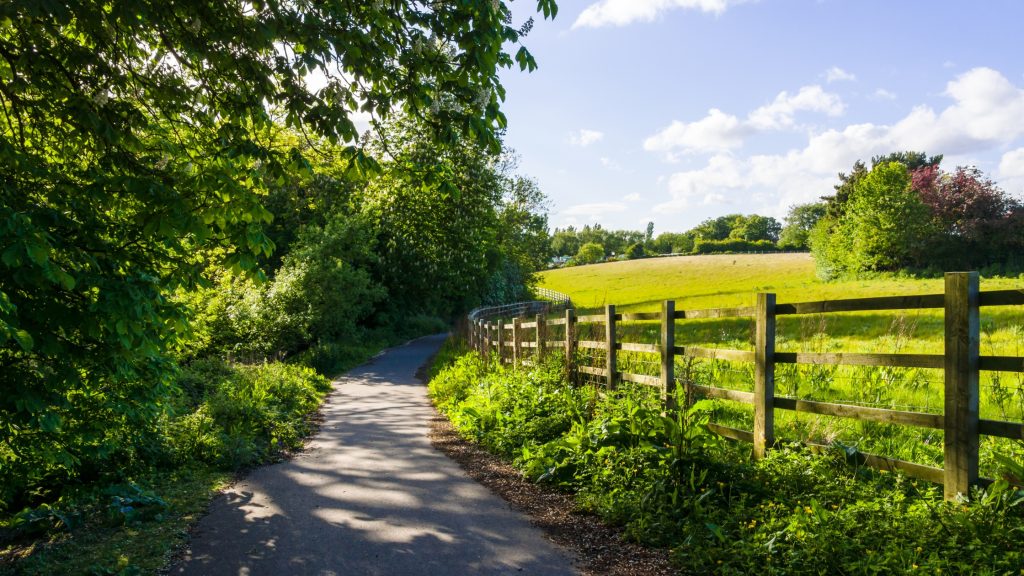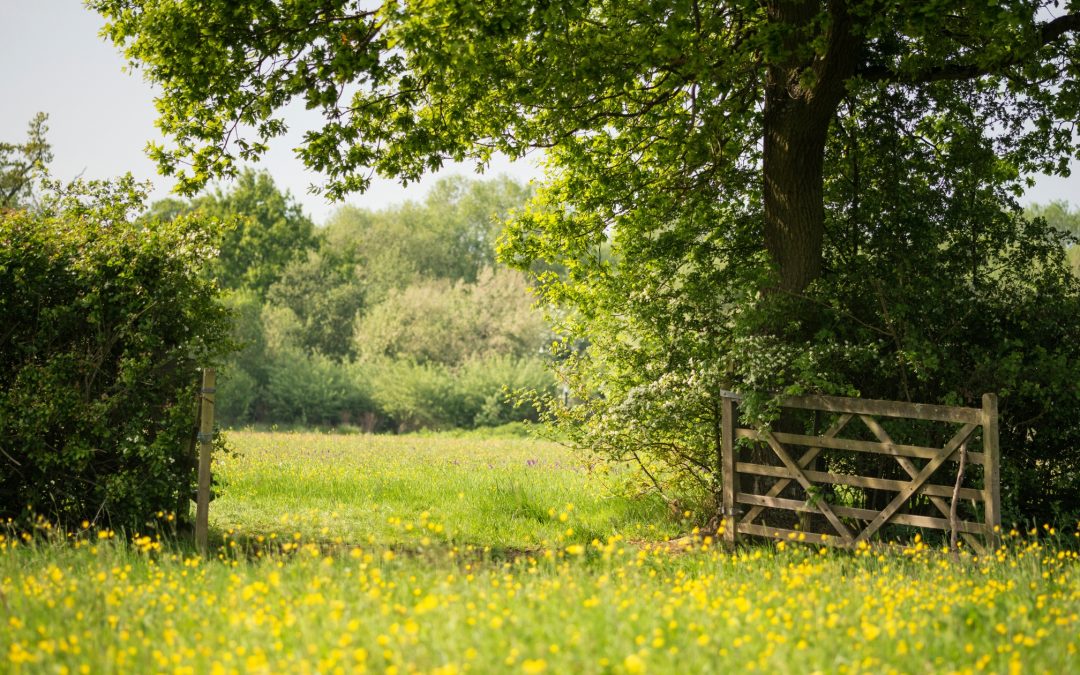Imagine a family outing in Stockport’s lush countryside, where the rustle of leaves and the chirping of birds aren’t just background noise, but the start of an engaging lesson. Here, every step through the verdant paths is a step towards understanding our planet a bit better. Environmental education walks in Stockport countryside are transforming the typical family hike into an interactive learning experience, blending the joy of being outdoors with the invaluable insights into our natural world.
These walks aren’t just about identifying flora and fauna; they’re about connecting the dots between the ecosystem and our daily lives, making sustainability more than just a buzzword. As families wander through these green havens, guided by knowledgeable enthusiasts, they’re not just spectators but active participants in a hands-on environmental education. This approach turns a simple day out into a memorable adventure, where every leaf turned and every bird spotted tells a part of the earth’s story that’s waiting to be heard.
Exploring Stockport Countryside
A Journey Through Nature’s Classroom
Stockport’s countryside aren’t just expanses of green and spots of colour framed by the changing seasons; they’re nature’s classrooms, buzzing with the live energy of lessons waiting to unfold. Have you ever paused during a walk, silencing the chatter, just to listen to the rustle of leaves and the distant calls of birds? It’s in these moments that families find themselves immersed in a learning experience unlike any other. Nature’s teachers are all around, from the ancient trees sharing stories of resilience to the rivers murmuring secrets of persistence.
Why Should Families Venture Into These Natural Havens?
The question then arises, why should families choose to spend their time in Stockport’s countryside? Is it just to break the monotony of weekend routines or is there something more? Imagine turning a simple outing into an adventure of discovery where every path holds a question and every rock, a history lesson. These environmental education walks are designed to do just that. They’re not just walks; they’re journeys into understanding our planet, our ecosystem, and ultimately, our place within it.
Families are guided by passionate environmental enthusiasts who don’t just guide; they inspire. They’re equipped with interesting anecdotes and facts that transform a casual hike into an engaging story, unfolding with each step. Why just see when you can observe? Why just listen when you can hear? These walks challenge families to engage fully with their surroundings, turning observation into knowledge and curiosity into conservation action.
Interactive Learning: A Key to Lasting Memories
One might wonder, what makes these walks stick in the minds of both young and old? It’s the hands-on learning experiences. Whether it’s a conservation activity, spotting and identifying wildlife, or understanding the importance of each plant, these activities ensure that the knowledge gained isn’t just transient. It’s remembered, cherished, and carried forward.
Picture a child, eyes wide with wonder, as they learn to identify different bird calls or the joy in discovering the role of insects in our ecosystem. These moments of wonder aren’t just accidental; they’re carefully crafted through the interactive elements of the environmental education walks. They serve not only as a bridge connecting families to nature but also as a catalyst sparking a lifelong curiosity and respect for the environment.
Importance of Environmental Education Walks
When thinking about quality family time, what’s often envisioned? A picnic in the park, movie nights, or perhaps a day at the beach. But what about an educational walk through Stockport’s countryside? At first glance, it might not scream ‘exciting family outing’, but give it a moment’s thought. Why should they care about this, you might wonder. Here’s the scoop.
Encountering nature through educational walks isn’t just a stroll in the park; it’s an adventure into the real-life chronicles of our planet. Imagine the excitement in a child’s eyes when they spot a rare bird in flight or understand why bees buzz around certain flowers. It’s these experiences that transform a simple day out into a Living Classroom, where each step uncovers a new chapter in nature’s textbook.
But why stop at mere observation when one can engage, question, and learn? The power of environmental education walks lies in their ability to make abstract concepts concrete. Ever tried explaining the water cycle with just a textbook? It’s like trying to describe the taste of chocolate without having tried it — nearly impossible and hardly satisfying. Now, picture explaining evaporation and condensation while watching a morning mist rise from a lake. It’s the difference between reading about the world and Feeling It Under Your Feet.
These walks offer more than just facts about flora and fauna; they are a gateway to understanding the intricate connections within ecosystems and our role in preserving them. They challenge the norm of indoor learning, offering fresh air along with fresh perspectives. Consider this: in an age where climate change is more than a headline, isn’t it vital for the younger generation to grasp the gravity of their actions on the environment? Hands-on learning experiences such as these not only impart knowledge but instill a sense of responsibility and stewardship towards our planet.
Moreover, the guides leading these walks aren’t just enthusiasts; they’re passionate educators armed with the power to inspire. Their stories and knowledge turn every leaf and stone into a testament of nature’s resilience and beauty. Through their eyes, families learn to appreciate the subtleties of nature’s canvas, fostering a deeper connection with the environment and, importantly, with each other.

Interactive Learning for Families
When was the last time you truly felt part of nature? In Stockport’s countryside, families are finding that environmental education walks aren’t just another day out. They’re immersive journeys into the heart of our planet’s ecosystem. Why does this matter to you and your family? Let’s delve into the essence of interactive learning and its unforgettable impact.
Imagine your child, wide-eyed, as they discover the role of bees in our food chain or the importance of trees in combatting climate change. It’s one thing to read about these facts in books or watch documentaries but living these realities through guided walks in nature reserves brings a whole new level of comprehension. But it’s not just for kids. Adults too are finding these walks a revelation. They’re reconnecting with childhood curiosities about the natural world, fostering a shared learning experience that’s both bonding and enlightening.
Here’s a story that might resonate: Sarah and her two children joined one of these walks, sceptical at first about what they could learn that they hadn’t already seen on TV. Halfway through, they were identifying species, understanding food webs, and discussing ways to support local wildlife at home. By the end, they were not only advocates for environmental preservation but more importantly, they saw themselves as part of the solution. This personal connection to the cause is what often gets lost in traditional environmental education.
These interactive walks challenge the norms by asking families to not just observe but to question and engage. Why should a decaying log be left undisturbed? How does a pond support such diverse life? Answers to such questions become evident not just through explanations but by seeing, touching, and sometimes smelling the intricate details of these ecosystems.
But it’s not just about imparting knowledge. These walks are designed to evoke a sense of wonder and responsibility towards our environment. Guides are not just educators; they’re storytellers, weaving tales of interconnectivity and coexistence that resonate on a personal level. The ultimate goal? To ignite a passion for nature that lasts well beyond the walk, inspiring families to take actionable steps towards environmental stewardship.

Connecting with Nature and Our Daily Lives
In Stockport’s vibrant countryside, families embark on an extraordinary journey that bridges the gap between nature and their everyday lives. But why should they care about making this connection? It’s a question that might linger in the minds of some, yet the answer lies in the transformative power of these environmental walks.
Let’s delve into the world of Sarah’s family once again. They’re not just walking; they’re uncovering the secrets of the natural world, one step at a time. As they traverse through the lush landscapes, Sarah’s children begin to see the parallels between the micro-habitats in the reserves and their own backyard. The connection isn’t just fanciful—it’s real, tangible, and surprisingly relevant.
Take, for example, the fascinating journey of a raindrop they discovered on their walk. From the sky to the towering trees, trickling down into the soil, and eventually finding its way into the rivers. This simple story of a raindrop mirrors our own water usage at home, from the tap water we drink to the rain nourishing our gardens. It’s all interconnected, and understanding these connections fosters a profound respect for the resources we often take for granted.
You might wonder, “How does this change anything?” Here’s where the magic happens. As Sarah’s family learns about the importance of conservation within the reserve, they start to mirror these behaviours at home. Turning off the tap while brushing teeth or choosing native plants for their garden become not just acts of saving water but of participating in a larger cycle of conservation. The walks do more than inform; they transform daily routines into acts of environmental stewardship.
It’s not just about enjoying the beauty of nature or learning its intricacies. It’s about seeing oneself as part of the ecological system and understanding that every action, no matter how small, impacts the environment. This realisation dawns upon the participants during their walks through the captivating narratives shared by their guides. These stories aren’t mere tales; they’re lessons in living harmoniously with nature, woven into the fabric of our daily lives.
Hands-on Experience and Sustainability
When families step into the verdant expanse of Stockport’s reserves for an environmental education walk, they’re stepping into a classroom without walls, a laboratory where every leaf, stone, and droplet of water has a story to tell. But why should they care? Why should this matter more than the usual trip to the playground or a day in front of the TV? Here’s why: because these experiences are not just walks in the park. They are a hands-on dive into the real-world application of sustainability practices.
Imagine this: Sarah and her family, whom we met earlier, are on one of these walks. They’re learning to identify different species of plants and understand their role in the ecosystem. But it’s not just about naming them; it’s about understanding how these plants filter air and water, providing us with the essentials for life. This is the point where curiosity sparks. Sarah’s young son asks, “If these plants are so important, why aren’t we doing more to protect them?” It’s a simple question, yet it lies at the heart of sustainability.
The guides lead the families through activities that mimic the processes in nature, such as water filtration and pollination, highlighting how every action in nature is interconnected and how we can emulate these processes in our daily lives to live more sustainably. It’s a lightbulb moment for many. Through these interactive experiences, families start seeing the tangible benefits of sustainable living, not just as an abstract concept but as a feasible, hands-on practice that can be woven into the fabric of their daily routines.
What makes these walks particularly impactful is the realization they bring: that small changes in our daily habits can contribute to significant environmental benefits. Families learn composting techniques using everyday waste, understanding how it returns nutrients to the soil and reduces landfill waste. They’re shown how to set up simple rainwater harvesting setups in their gardens, demonstrating water conservation in action.
At the heart of these walks is a transformative experience that extends beyond the reserves and into the homes and communities of the participants. They leave equipped not just with knowledge but with a change in perspective. They start to ask, why haven’t we been doing this all along? Why has convenience often trumped sustainability in our lives? The walks challenge norms and provide fresh viewpoints, making participants rethink their daily choices.
Conclusion
Stockport’s countryside offer more than just a breath of fresh air for families. Through environmental education walks, they become classrooms without walls where participants are immersed in the beauty and intricacies of nature. These walks are not just about learning; they’re about experiencing and understanding the critical role each person plays in preserving our planet. By integrating practical sustainability practices into these adventures, families leave with not just memories but also actionable insights on how to make their daily lives more eco-friendly. It’s a transformative journey that encourages everyone to view the world through a greener lens and act accordingly.
Stephen F is the publisher of this website, he is a long term resident of Stockport. Over the years he has explored every area within Stockport from the Merseyway Shopping Centre to the Etherow Country Park trails.
He can often be found on a lazy Saturday morning frequenting one of Stockport's many coffee shops sipping his favourite latte.
One of his big passions is to go for long country walks with his pet golden retriever Lottie.
One thing is certain he knows Stockport!

